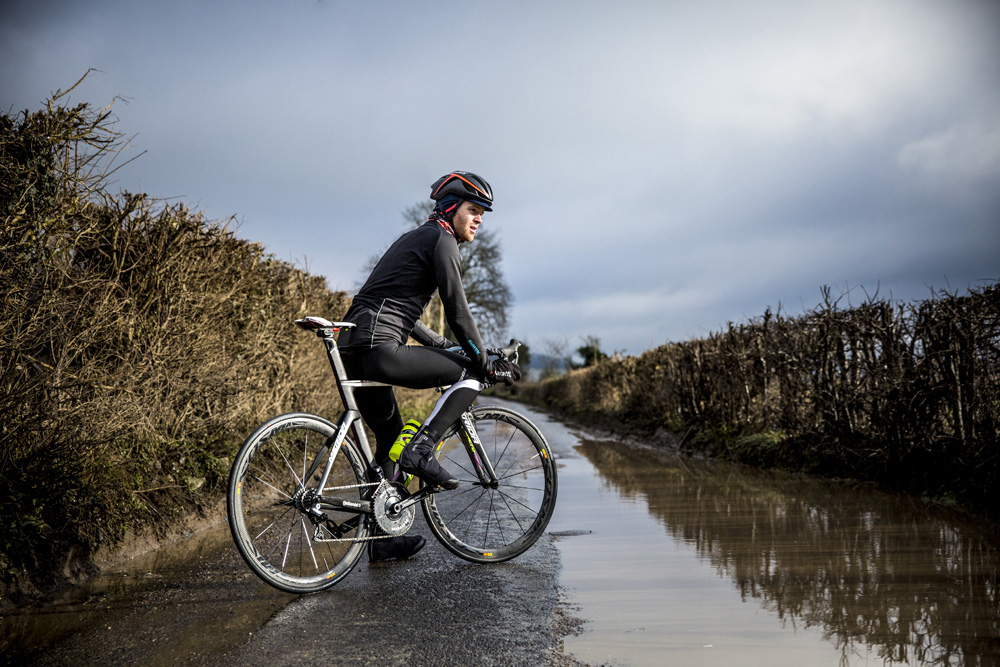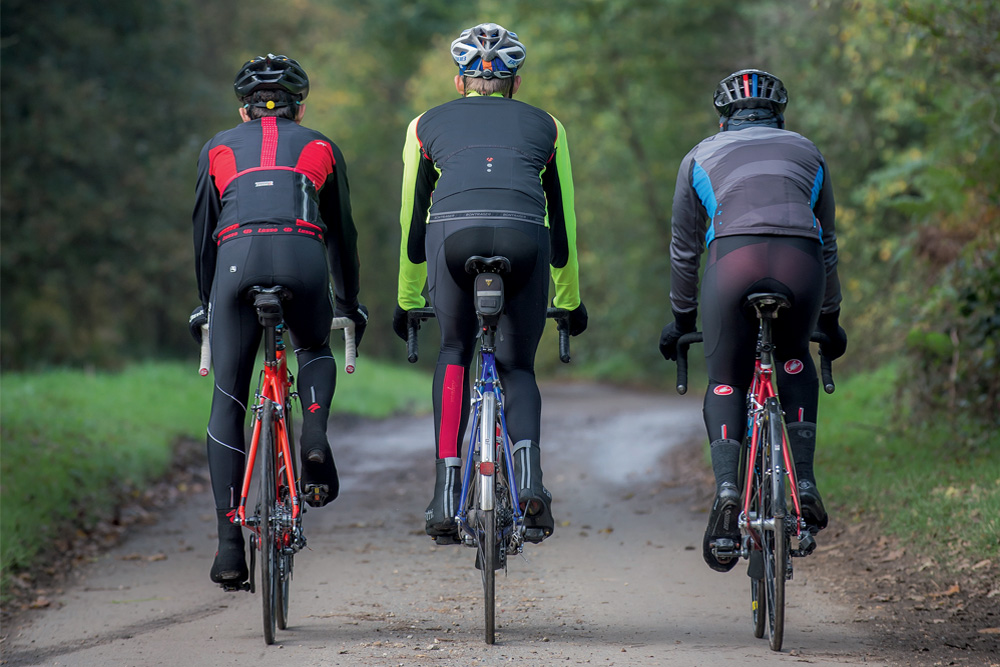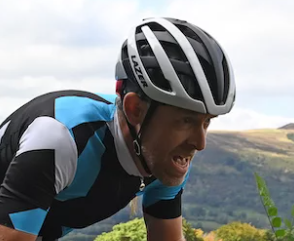How to plan the perfect ride this winter
Author of a new book on British rides Simon Warren has become something of a planning expert over the research and writing process. He breaks down the formula for the ultimate day out a la padale


As we stare down the barrel of potentially the longest and darkest winter in living memory we’re all going to need some big rides to motivate us more than ever. With no organised events on the horizon, no sportives, no races, no cross, or indoor track then it’s going to be up to us to set our own challenges, or our goals to get us through the grim months ahead.
Whether they are solo rides or with (insert number currently allowed under government restrictions) mates, it’s essential to place a few dates in your calendar to act as beacons to help guide you through the gloom. This winter it’s time to plot that route you’ve always wanted to do, to visit that hill, that road you’ve been meaning to tackle but never got round to it. Whether you trace the route of a famous sportive or race course, go for a crazy distance or altitude challenge the planning and anticipation the adventure will keep you positive and say to hell with the weather!
Begin with key focus points
Writing my new book my focus points for all the rides were, of course, the hills. They add the interest, they provide (hopefully) great views and test me both physically, and mentally. On any given Sunday there will always be one hill in a ride.
It could be one of the really famous one or it could be a local killer I want to set a new best time on. It could be an obscure ascent I want to try and KOM or best still a completely new climb all together. With these pins dropped on a map, the next task is to join the dots and along the way add some more locations like café stops or if you like, places to get good Instagram fodder. Before you know it you have five or six definite points of focus, ideally at regular intervals which will serve to keep you motivated all the way round.
Make the route an event
Just how many climbs can you fit in one ride? How far can you go without calling for a lift home? One of my favourite challenges is to plot a route with 2,500 metres elevation in just 100 kilometres, these always destroy your legs, then If you can do that then dial it up some more, try squeezing in 3000m across the same distance.
The latest race content, interviews, features, reviews and expert buying guides, direct to your inbox!
If the restrictions on our movement are tightened again and we are trapped within say a 10-mile circumference of our home, well then this becomes your canvas. Don’t see it as a hindrance, see it as an opportunity. Can you cram in say 1000 metres of altitude right on your doorstep?
>>> Subscriptions deals for Cycling Weekly magazine
I’m not suggesting Everesting, in fact the opposite, the challenge here is to never use the same hill twice. The same goes for distance. How far can you ride without leaving your home county, 100km? 200km? 300km? Whatever you plot that is your goal, that is your motivation and what will make your heart beat with both trepidation and excitement.
Plot a tile-bagging ride

The geniuses at Veloviewer devised this concept by dividing the whole country up into small square tiles and the aim is to ride into as many as you can either on a single ride or over time. You only need to venture into one for a few metres to bag it and then you can move on to keep building your cluster or to build as big a square as you can. You can instantly tell the riders in your Strava feed who are out tile bagging as all their rides look like they are permanently lost as they venture in and out of every tile they can zig-zag this way and that. You’ll end up spending as long plotting these as riding them and no doubt carrying your bike here and there to get to hard to reach squares as you create a loop that looks like a line of barbed wire. These routes are not about speed so are perfect for winter and will keep you motivated for months if not years as you become utterly obsessed with increasing the size of your ‘maximum square’.
Plotting a fast average speed ride.
The holy grail for me when out on what I call an average speed ride is to tick off 100 miles in 5 hours or to ride at ‘evens’. This is a term that has its origins in the very early days of time trialling when the benchmark for a club rider was to cover 10 miles in 30 minutes, or ‘doing evens’. Now when you figure in traffic lights, junctions, altitude gain, feed stops etc this becomes quite a task. The planning of these routes requires just as much attention to detail as plotting a big altitude ride.
For these rides, you need to strip out every last metre of height gain you can and it will take a lot of trial and error to get it just right. You’ll find yourself avoiding even humpback bridges in fear of them slowing you down and ruining your average and going back and forth until you have the perfect loop down.
>>> Cycling Weekly is available on your Smart phone, tablet and desktop
Of course, it doesn’t have to be that magic ‘evens’ you are aiming for, especially in winter just whatever fits your fitness and available terrain. The key is though to set a target just beyond your comfort zone, a figure that will keep you sharp and motivated all ride, if for no other reason than to keep you warm while temperatures plummet.
The time-starved route
Finding the time to ride as much as you want is always a struggle, even more so over winter because it takes 20 minutes to get all your clothes on and off. The key in this situation is to be organised, have a plan of where you are going and what you are going to do before you turn a pedal.
If it’s dry, mild and the wind is up then you may well opt for a KOM or PB attempt and this is the simplest form of motivation to embellish any ride. Build a small loop with a single focus point ideally at around half distance so you can warm up, get your head in the right place, execute, then cool down on the way home. The key for these rides is to make them look casual, plot a course that looks natural, don’t just ride to the base of a climb, up, down, then ride home. Make it look like you were just passing through, then when you post your ride online you can call it something like “Oh, I didn’t even know there was a segment there.”
This feature originally appeared in the print edition of Cycling Weekly, on sale in newsagents and supermarkets, priced £3.25.
Simon has been riding for over 30 years and has a long connection with Cycling Weekly, he was once a designer on the magazine and has been a regular contributor for many years. Arguably, though, he is best known as the author of Cycling Climbs series of books. Staring with 100 Greatest Cycling Climbs in 2010, Simon has set out to chronicle and, of course, ride the toughest cycling climbs across the UK and Europe. Since that first book, he's added 11 more, as well Ride Britain which showcases 40 inspirational road cycling routes. Based in Sheffield, Yorkshire, Simon continues to keep riding his bike uphill and guides rides, hosts events and gives talks on climbing hills on bikes!
